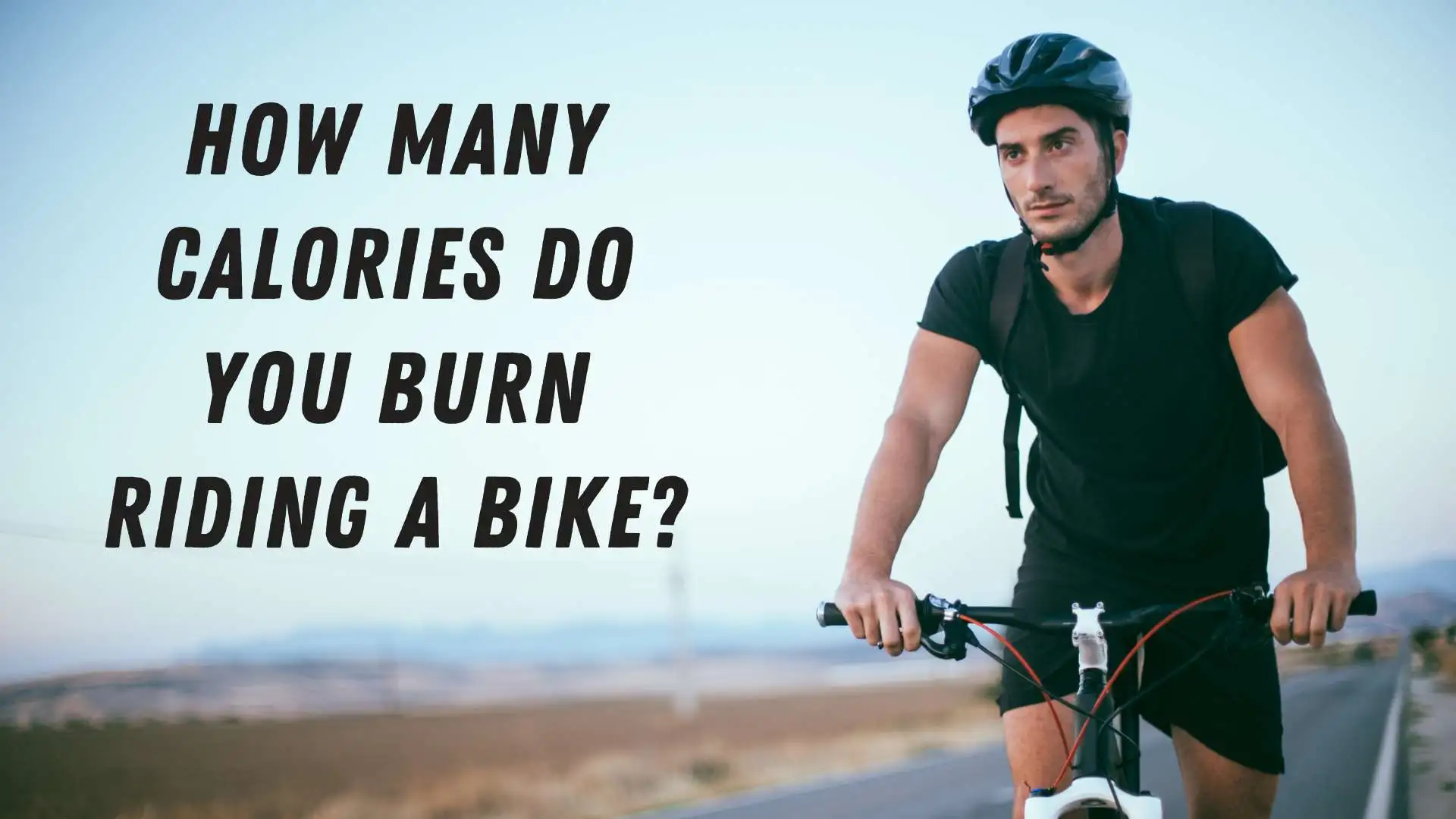Riding a bike isn’t just fun—it’s also one of the most effective ways to burn calories and stay fit.
But if you’re new to cycling or fitness, you might wonder: how many calories do you actually burn riding a bike?
Just like measuring ingredients in cooking, knowing your calorie burn helps you track progress, set goals, and stay motivated.
This guide breaks it down step by step so you can understand the numbers in a simple and clear way.
A Simple Explanation of the Two Units Involved

Before diving into numbers, let’s clarify the two main things we’re measuring:
- Calories (kcal): A unit of energy. In fitness, calories tell us how much energy your body burns during an activity.
- Cycling Effort (speed/intensity): Your calorie burn depends on how fast and hard you ride your bike. Leisurely cycling burns fewer calories, while fast-paced or uphill cycling burns much more.
Think of it like baking: calories are the ingredients, and your speed is the oven temperature. The hotter (faster) it is, the more energy gets used.
The Direct Conversion Answer
On average:
- A 155-pound (70 kg) person burns around 260 calories in 30 minutes of moderate cycling.
- The same person burns 391 calories in 30 minutes of vigorous cycling.
In simple terms: you can burn between 250–600 calories per half hour depending on speed, weight, and intensity.
A Conversion Chart for Cycling Calories
Here’s a quick reference chart showing approximate calories burned per 30 minutes of cycling, based on weight and speed:
| Weight | Light Cycling (12 mph) | Moderate Cycling (14–16 mph) | Vigorous Cycling (16–19 mph) | Very Vigorous (20+ mph) |
| 125 lbs (56 kg) | 240 calories | 300 calories | 360 calories | 495 calories |
| 155 lbs (70 kg) | 298 calories | 372 calories | 446 calories | 614 calories |
| 185 lbs (84 kg) | 355 calories | 444 calories | 532 calories | 733 calories |
These are estimates; actual numbers vary with effort, terrain, and body type.
Why This Conversion Matters in Real Life
Knowing how many calories you burn riding a bike is more than just numbers:
- Weight management: Helps balance calories eaten vs. calories burned.
- Fitness tracking: Lets you set realistic goals.
- Training plans: Cyclists can match effort to endurance goals.
- Motivation: Seeing numbers makes your effort feel rewarding.
It’s like checking the measurements in a recipe—you know exactly what you’re getting out of it.
How to Easily Remember the Conversion

Here’s a quick trick:
- “300 per half hour” rule → A 155-pound person burns about 300 calories in 30 minutes at moderate speed.
- If you ride harder or weigh more, add about 100 calories for every jump in intensity or weight category.
This keeps the math simple while still being fairly accurate.
Common Mistakes and Tips for Accurate Measuring
- Mistake: Assuming all cycling burns the same calories.
- Tip: Use intensity and speed to refine your estimate.
- Tip: Use intensity and speed to refine your estimate.
- Mistake: Ignoring body weight.
- Tip: Heavier people burn more calories at the same effort.
- Tip: Heavier people burn more calories at the same effort.
- Mistake: Forgetting resistance.
- Tip: Hills, wind, and indoor resistance training increase calorie burn.
- Tip: Hills, wind, and indoor resistance training increase calorie burn.
Measurement Differences (If Applicable)
Outdoor vs. indoor cycling can give slightly different results:
- Outdoor biking: Includes natural resistance like hills, wind, and road surface.
- Indoor biking (stationary): Provides consistent resistance but usually fewer calorie fluctuations.
Both are excellent workouts—but the “real-world” ride often burns a bit more.
Real Life Examples Where This Conversion Is Needed

- Planning a bike-to-work routine and estimating calorie burn for fitness goals.
- Deciding between a 30-minute indoor bike session vs. an outdoor ride.
- Logging calories in apps like MyFitnessPal or Apple Health.
- Tracking training efficiency for long-distance cycling events.
FAQs About Calories Burned Riding a Bike
1. How many calories do you burn cycling for 1 hour?
A 155-pound person burns about 520–780 calories per hour, depending on speed.
2. Is biking better than running for burning calories?
Running burns slightly more calories per minute, but biking is lower-impact and easier on joints.
3. Do uphill rides burn more calories?
Yes—hills and resistance force your body to work harder, increasing calorie burn.
4. How many calories do you burn on a stationary bike?
Similar to outdoor cycling at moderate effort: about 250–400 calories per 30 minutes.
5. Does cycling help lose belly fat?
Yes—regular cycling helps reduce overall body fat, including belly fat, when combined with a healthy diet.
6. How accurate are calorie counters on bikes and apps?
They’re estimates. For best accuracy, use a heart rate monitor or a fitness tracker that considers weight, age, and intensity.
Conclusion
Cycling is an enjoyable and effective way to burn calories—whether you’re cruising around the neighborhood or grinding through a spin class. The exact calories you burn depend on your weight, speed, and intensity, but remembering the “300 per half hour” rule makes it simple. Use this guide to plan your workouts, stay motivated, and enjoy the ride while burning energy the smart way.

Thomas Gray is a seasoned writer and researcher with a passion for uncovering the layers of language, culture, and human expression. With years of experience in content creation and linguistic exploration, he brings clarity and depth to complex subjects, making them accessible and engaging for readers worldwide. His work often blends academic rigor with a storyteller’s voice, earning him recognition in both digital and print publishing circles.
Thomas has contributed extensively to educational platforms, language-focused blogs, and international publications. His keen eye for detail and commitment to accuracy make him a trusted voice in the fields of linguistics, history, and cultural studies.
He is the author of several professional works, including “The Language Atlas“, “Global Words: A Linguistic Journey Across Cultures“, and “Meaning in Translation: Bridging Words and Worlds.”




